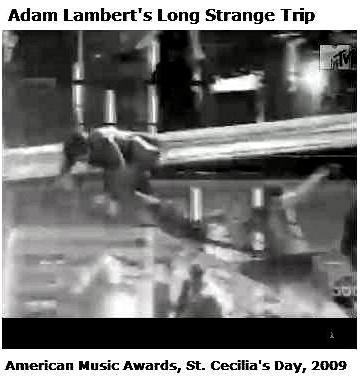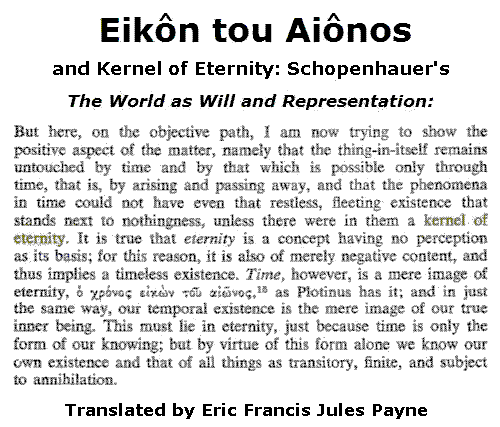
A Logo for Riri —

The above Nick Romano passage is from Knock on Any Door,
a 1947 novel by Willard Motley. Another Motley novel about
Chicago, from 1958 . . .
|
Page 41 The city was a blue-black panther that slunk along beside them. The tall, skyscraper night-grass hemmed them in. The thousand neon animal eyes watched their going. Page 67 The blue-black panther of a city watched their going. The un- blinking neon animal eyes watched their going. Thousands of neon signs lit their way. In an alley behind West Madison Street half an Page 68 hour before, a bum, drunk, had frozen to death lying in the back doorway of a pawnshop. The blue-black panther crouched over him. Page 70 First the creak of ice as an automobile goes by. Then the frown into your room of the red brick building across the street, its windows frosted over like cold, unfriendly eyes. Then a bum stumbling along trying to keep warm. Now a drunk, unevenly. And the wind like the howling voice of the blue-black panther, hunting, finding. And the clanging of impersonal streetcars. And each bar of neon, cold, dead. No message. The clown takes his bow and it is Christmas Day. Page 79 The blue-black panther followed them, sniffing at their heels. Page 106 Above them the blue-black panther lay on the roof of a tenement house, its feline chin on the cornice, its yellow-green eyes staring down onto the black night street of Maxwell. Its tail, wagging slowly back and forth, was like a lasso, a noose, sending little shivers of pebbles rolling loosely across the roof. Page 154 Then he went down to the Shillelagh Club. Through the pane, in the crowded, noisy place, he saw her. She was sitting at a table near the back, alone. Her cigarette had fallen from her lips and rolled away from her on the table top. It had burned itself to a long gray ash. Her head hung loosely on her neck as if she was asleep. A half-empty glass of beer was in front of her. Please, Mother, please come out, he prayed to her. And he stood next door to the tavern, waiting, his small shoulders drawn in, his head down in shame. And often he walked to the window and stood on tiptoe. She was still there. In the same position. He waited. He would be late to school tomorrow. He waited, keeping the long vigil. He waited. Twelve years old. And the thousand neon-animal eyes stared at him savagely. He waited. The blue-black panther lashed out its tail, flicking its furry tip against his ankles. He waited. Page 250 Alongside the blue-black patrol wagon the blue-black panther walks majestically. Page 262 Outside the door the blue-black panther rubs its back like a house cat. Page 409 Nick held the cigarette listlessly. The smoke curled up his wrist and arm like a snake. The blue-black panther licked his hand. |





















